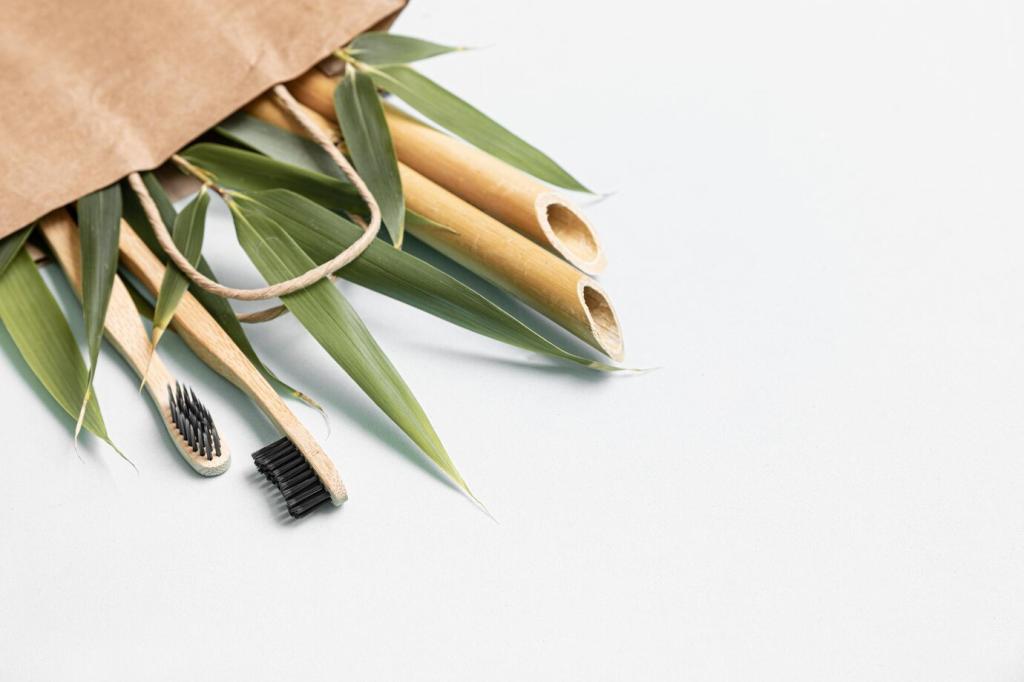
Tips for Building an Eco-Friendly Fashion Collection
Creating an eco-friendly fashion collection goes beyond trendsetting—it’s about making thoughtful choices that care for the planet and its people. By focusing on sustainability from the ground up, designers can craft collections that minimize waste, utilize responsible materials, and encourage lasting positive change in the industry. This guide highlights key strategies and insightful ideas for building a fashion line that is as gentle on the environment as it is stylish, offering inspiration for anyone aiming to make a meaningful impact with their creations.
Choosing Sustainable Materials

Organic and Natural Fibers
Organic fibers, such as organic cotton, linen, and hemp, are grown without harmful pesticides or synthetic fertilizers, reducing soil and water pollution. These materials break down more easily at end of life, contributing to a better environmental cycle. Opting for natural fibers also enhances the comfort, quality, and breathability of garments, which boosts their longevity and wearability. By choosing organically cultivated raw materials, designers support agricultural practices that respect both the earth and workers.

Recycled and Upcycled Textiles
Incorporating recycled and upcycled materials is an innovative way to reduce waste and shift away from virgin resource extraction. Recycled polyester, for example, repurposes plastic bottles, transforming a hazard into a useful fabric. Upcycling remnant or post-consumer textiles not only diverts waste from landfills but also infuses your collection with unique textures and stories. These approaches embody resourcefulness, creativity, and circular fashion principles, seamlessly merging style with sustainability.

Alternative Leathers and Vegan Options
Eco-conscious designers are moving away from traditional animal leathers in favor of plant-based or lab-grown alternatives. Materials like mushroom leather, pineapple leather, and recycled polyurethane offer visually appealing, durable options with a significantly reduced environmental toll. Vegan leathers often use less energy and fewer chemicals in processing, and their production avoids the ethical concerns associated with livestock farming. By embracing alternative leathers, your collection can be both compassionate and cutting-edge, meeting growing consumer demand for cruelty-free fashion.

Fair Labor Practices
Prioritizing fair wages and safe environments for workers is fundamental in building an ethical fashion brand. This includes forming partnerships with factories that are regularly audited for labor standards and hold relevant certifications. Transparency enables designers to communicate their ethical commitments to consumers, fostering trust and loyalty. Advocating for fair labor also helps raise industry standards, making fashion a force for positive change rather than exploitation.

Local and Small-Batch Production
Opting for local and small-batch production reduces your environmental impact by lowering transportation emissions and supporting nearby communities. Producing in smaller quantities decreases the risk of overstock, which often leads to excess waste. Localizing your supply chain not only shortens logistics time frames but also allows better oversight and stronger relationships with producers, enhancing the quality and integrity of your collection.

Minimizing Waste in Production
Zero-waste design techniques and efficient pattern layouts can significantly cut down fabric scraps during garment creation. Some brands even find creative ways to repurpose offcuts, turning potential waste into new products or embellishments. Digital prototyping and on-demand production further minimize unnecessary inventory. By rethinking traditional manufacturing models, designers can help reduce fashion’s substantial contribution to global landfill waste.

Timeless and Versatile Styles
Developing classic silhouettes and versatile pieces ensures garments remain relevant and wearable beyond fleeting seasonal trends. By focusing on enduring styles and multi-purpose designs, you empower customers to make thoughtful purchases that suit various occasions. This approach not only reduces the pressure on natural resources but also helps build a stronger bond between individuals and the items they own, encouraging mindful consumption.

Reinforced Construction and Repairability
Durable construction methods, such as reinforced seams and high-quality fastenings, extend the lifespan of clothing. Thoughtful attention to garment design, including making components easy to repair or replace, invites consumers to maintain their items rather than discard them. Providing guidance or repair services as part of your brand experience further supports sustainability by giving customers practical solutions to extend product life.
